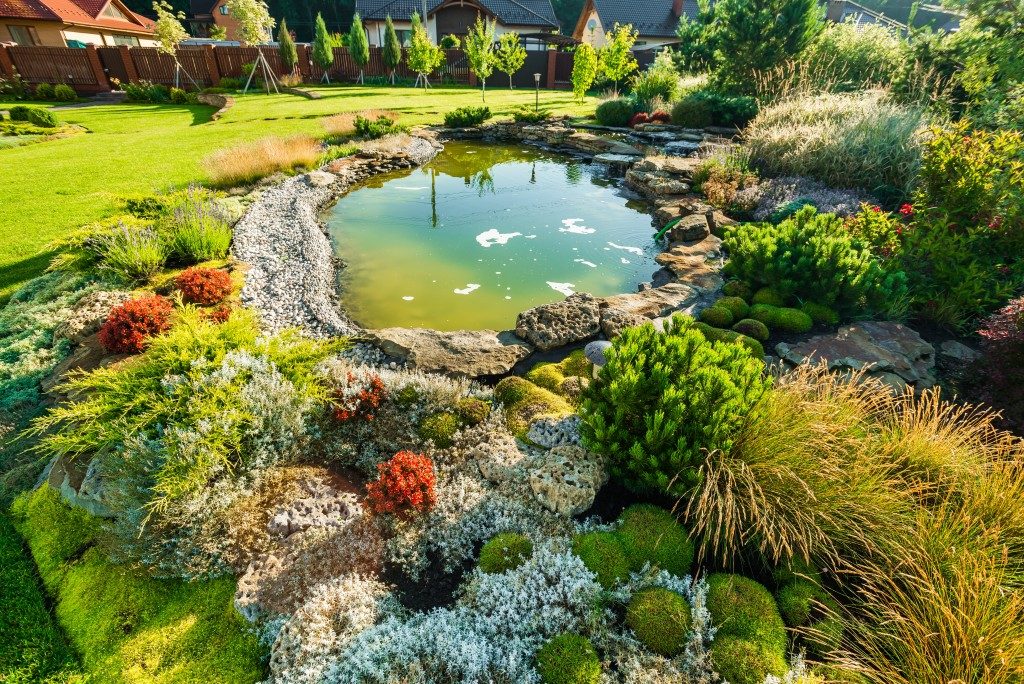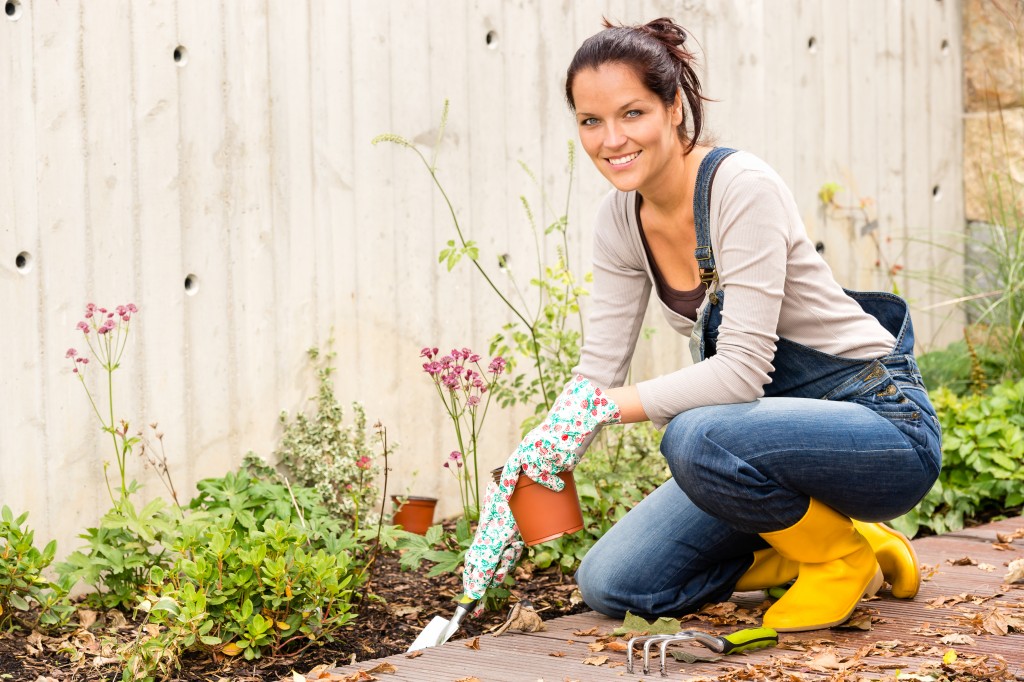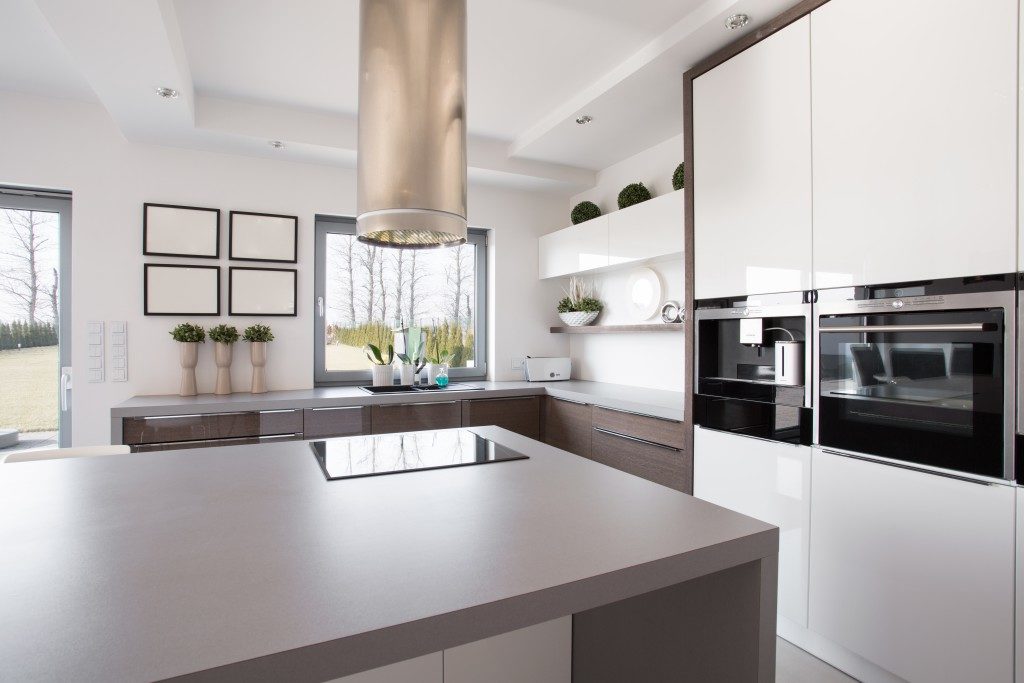Gardening is a rewarding pastime, but not necessarily an easy one—even for people gifted with a green thumb. It isn’t as simple as putting a few plants in your yard and watering them every day. This hobby comes with its own set of challenges, even for those who are passionate about it.
Indeed, gardening involves passion and skill, but also a lot of hard work. Raising plants properly means learning about the conditions in which they can grow and thrive best. You will need to do extensive research about your property’s qualities and consider various factors such as your soil properties, weather conditions, as well as plant placement.
One of the factors that will affect your plants’ growth the most, however, is the condition of the soil. To maintain your plants’ growth and allow them to thrive, you should learn about the ways your soil quality can suffer, along with some tips to avoid common issues.
Inherent Qualities
Your yard’s soil may not necessarily be the best for plants, even if you’re the first resident of your property. There are various types of soil, after all, with the most preferable type rarely occurring naturally. Learning about soil types is the first step towards improving your soil quality.
Sandy soil is common in dry areas. Its large particles allow for good drainage, although it has low nutrient-retaining properties. Silty soil is the opposite, with its high nutrient content and poor water drainage. Clay also possesses the latter quality, and is heavier compared to other soil types.
Most gardeners aspire to have loam soil, which is a well balanced combination of sandy, silty, and clay soil. However, don’t worry if this isn’t your yard’s soil type. You can ask your local garden center in Salt Lake City for the appropriate mulch and soil conditioners to improve your soil quality.
Over Fertilization
Despite what some may think, consistently fertilizing your plants will not boost growth. Over fertilization, in fact, increases your soil’s salinity levels, turning your soil white, crusty, and salty. It also causes fertilizer burn, a condition in which certain portions of the plant turn brown and dry.
If you are dealing with issues concerning over fertilization, your best bet is to flush out the salt by watering the soil and allowing it to draining continuously. If you have used too much fertilizer, you can also try and remove the excess if it has just been freshly applied.
To prevent over fertilization from happening in the future, frequently check your soil’s properties to ensure that it is still in good quality. You can also change and rotate the schedule for your soil fertilization. Identify the active growing periods of your plants and only apply fertilizer during that time.
Poor Drainage

Soil that is mainly composed of clay or silt will have poor drainage qualities. Fortunately, if you’re raising plants that require a lot of water then it won’t be an issue. Even the most water-consuming plants, however, can get over watered after consistently heavy rainfall.
Consider improving your soil drainage to prevent plant diseases such as root rot and fungal infections from happening. This will also make garden maintenance easier.
You can create a drain by digging a tunnel underneath your garden and filling it with gravel. Another option is to redirect the excess water into a man-made pond. Finally, instead of planting your garden directly into your yard soil, opt to have your plants in an elevated bed, in the future.
Gardening can be challenging, especially if you are new to the hobby, but proper preparation and knowledge can make it easier. For a successful gardening experience, plan out your garden by identifying the supplies you’ll need and creating the best conditions for your plants.



